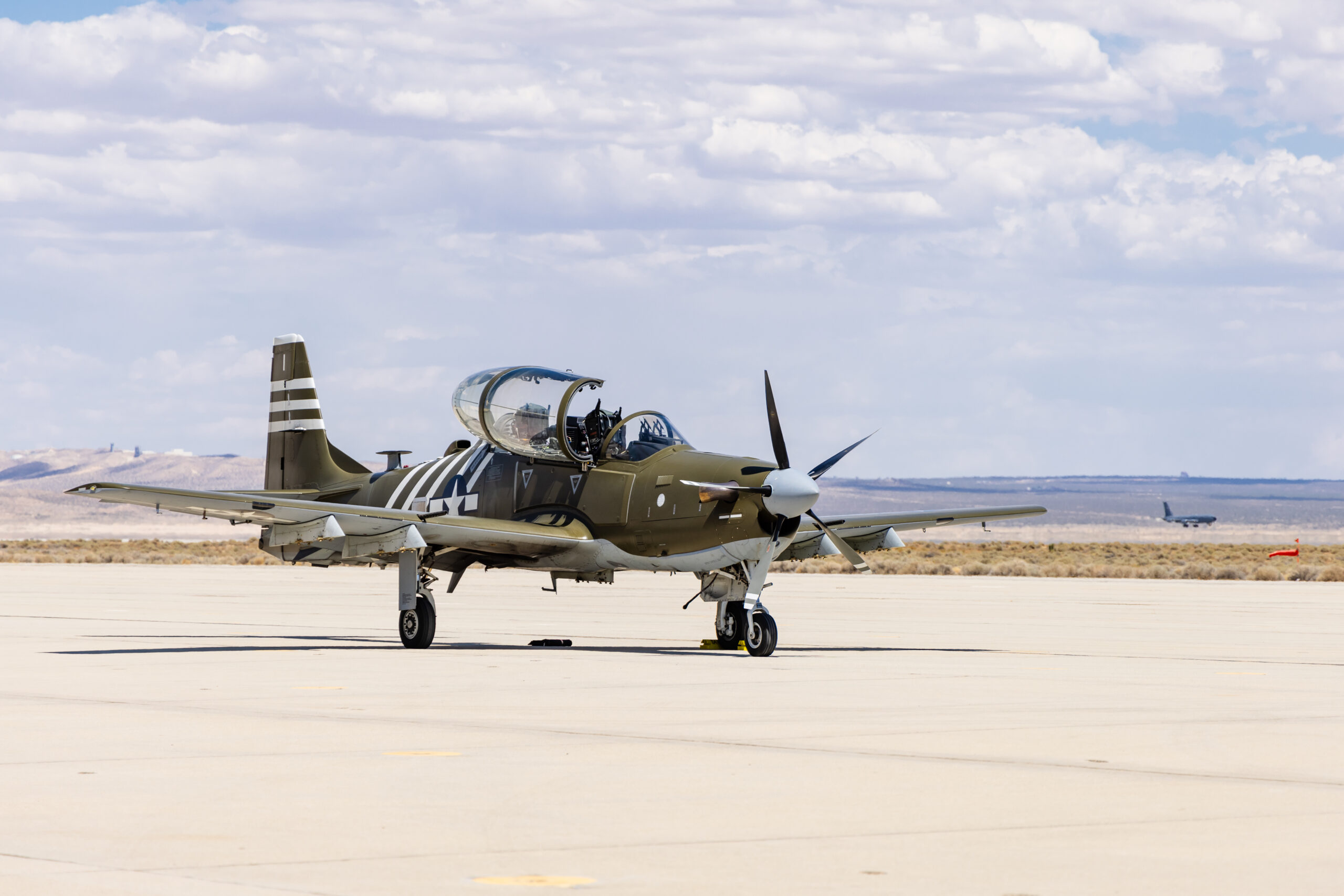The US Air Force has accepted three A-29 Super Tucano light attack aircraft in California to expand training and test capabilities under the service’s Test Pilot School program.
The fleet, stationed at Edwards AFB, will support the agency’s key missions, including staff development, growth of test managers, and research on innovative solutions.
The A-29’s airframe is versatile enough for spin testing and other trials requiring external payload integrations. This allows for expanded testing of multi-domain sensors while reducing the need for other aircraft typically used in development testing, such as the F-16 and T-38.
Floating Aircraft Now in Use
The arrival of the Super Tucanos at Edwards AFB is part of the US Air Force’s ongoing strategy to modernize and exhaust military equipment to keep pace with the evolving theater.
The aircraft were originally purchased for the service’s Special Operations Command but were divested after certain military rearrangements in 2022.
“The decision to transfer A-29 aircraft to Edwards is a result of thoughtful analysis by the Test Pilot School and an excellent example of command agility and collaboration to take advantage of a unique, fleeting opportunity,” US Air Force Test Center Plans and Programs Director Michael Banzet explained.
“Not only does this repurpose a $63 million taxpayer investment, it also modernizes and expands TPS curriculum to accelerate the fielding of combat capability for the US Air Force.”


The Super Tucano
The A-29 Super Tucano has a fuselage measuring 11 meters (37 feet) and an overall weight of 3,200 kilograms (7,055 pounds).
It has a top speed of 320 knots (593 kilometers/368 per hour), a service ceiling of 10,668 meters (35,000 feet), a range of 1,562 nautical miles (1,797 miles/2,893 kilometers), and an endurance of up to seven hours.
The aircraft is powered by a Pratt & Whitney PT6 turboprop engine with 1,604 horsepower and a five-bladed Hartzell propeller.
Users can equip the plane with miniguns and machine guns, air-to-air and air-to-ground missiles, general-purpose, cluster, and incendiary explosives, precision-guided bombs, countermeasures, drop tanks, and electro-optical infrared sensors.


